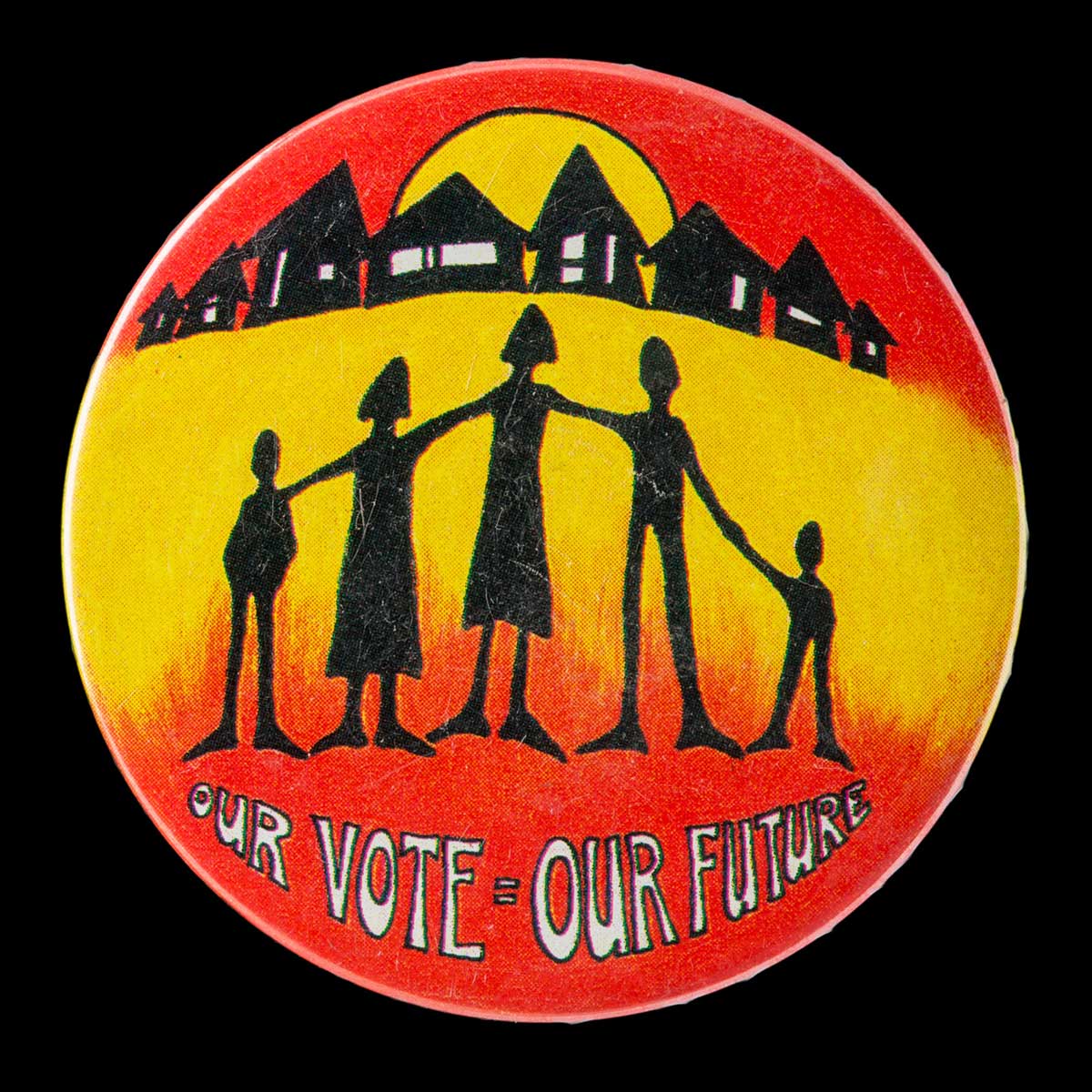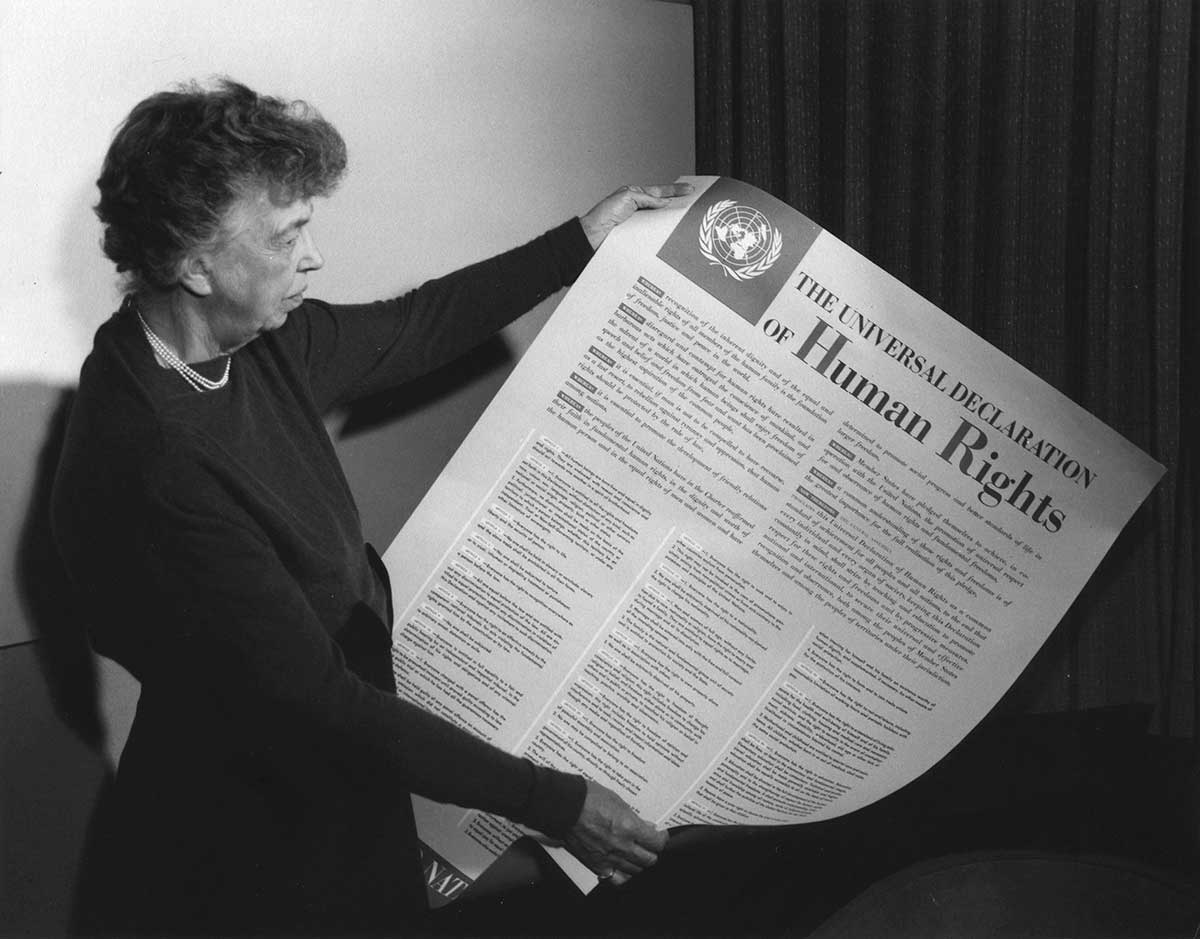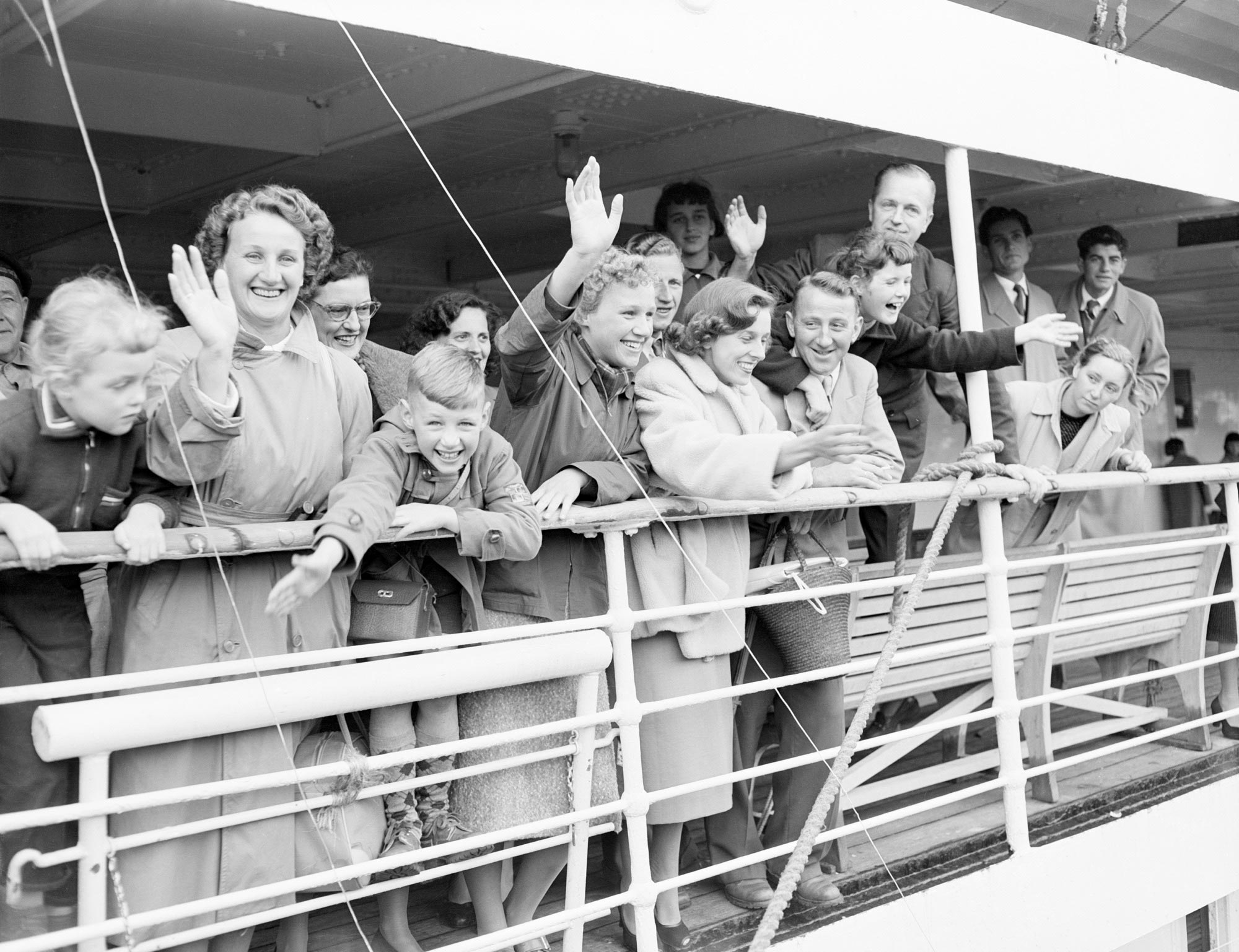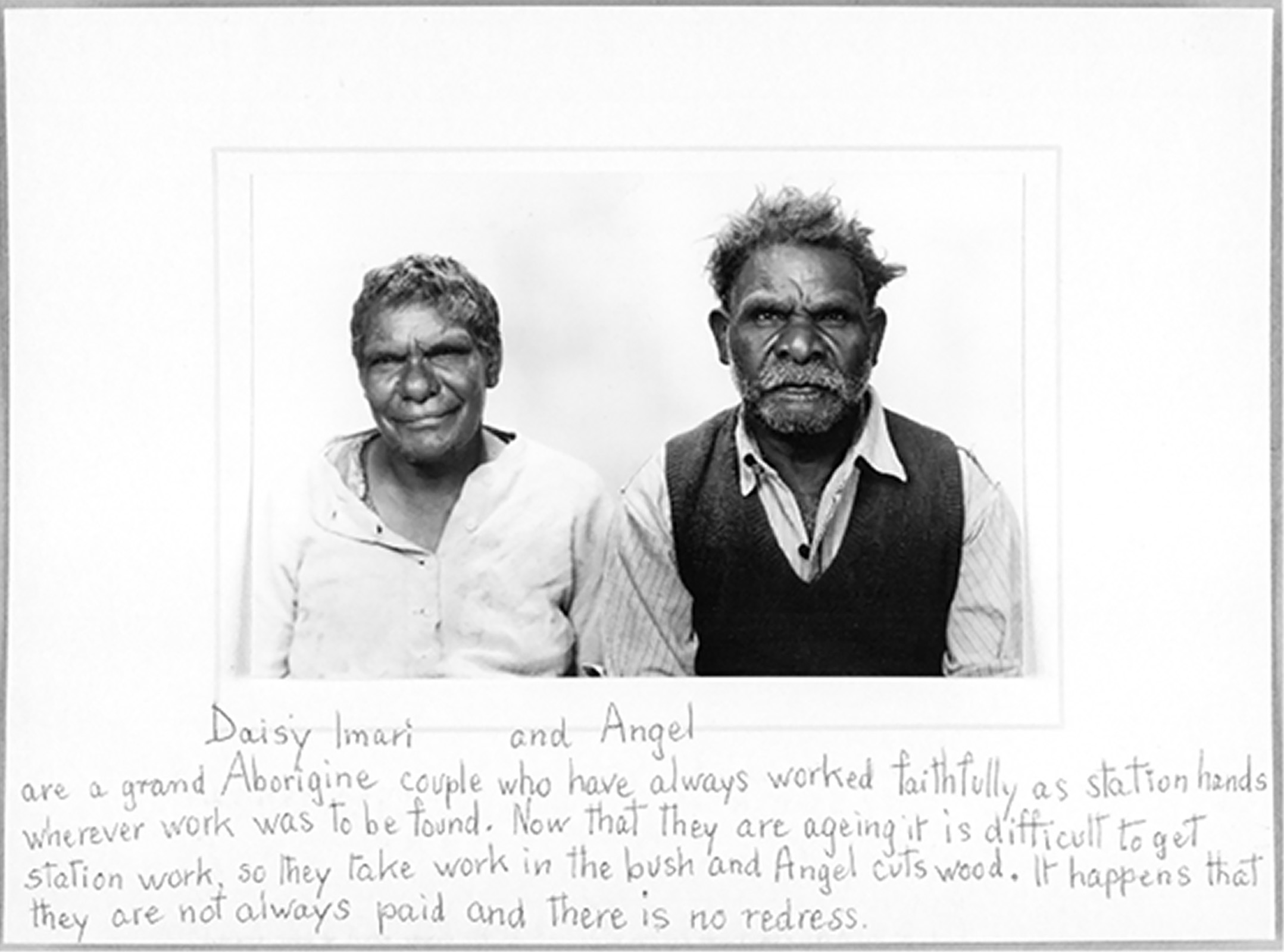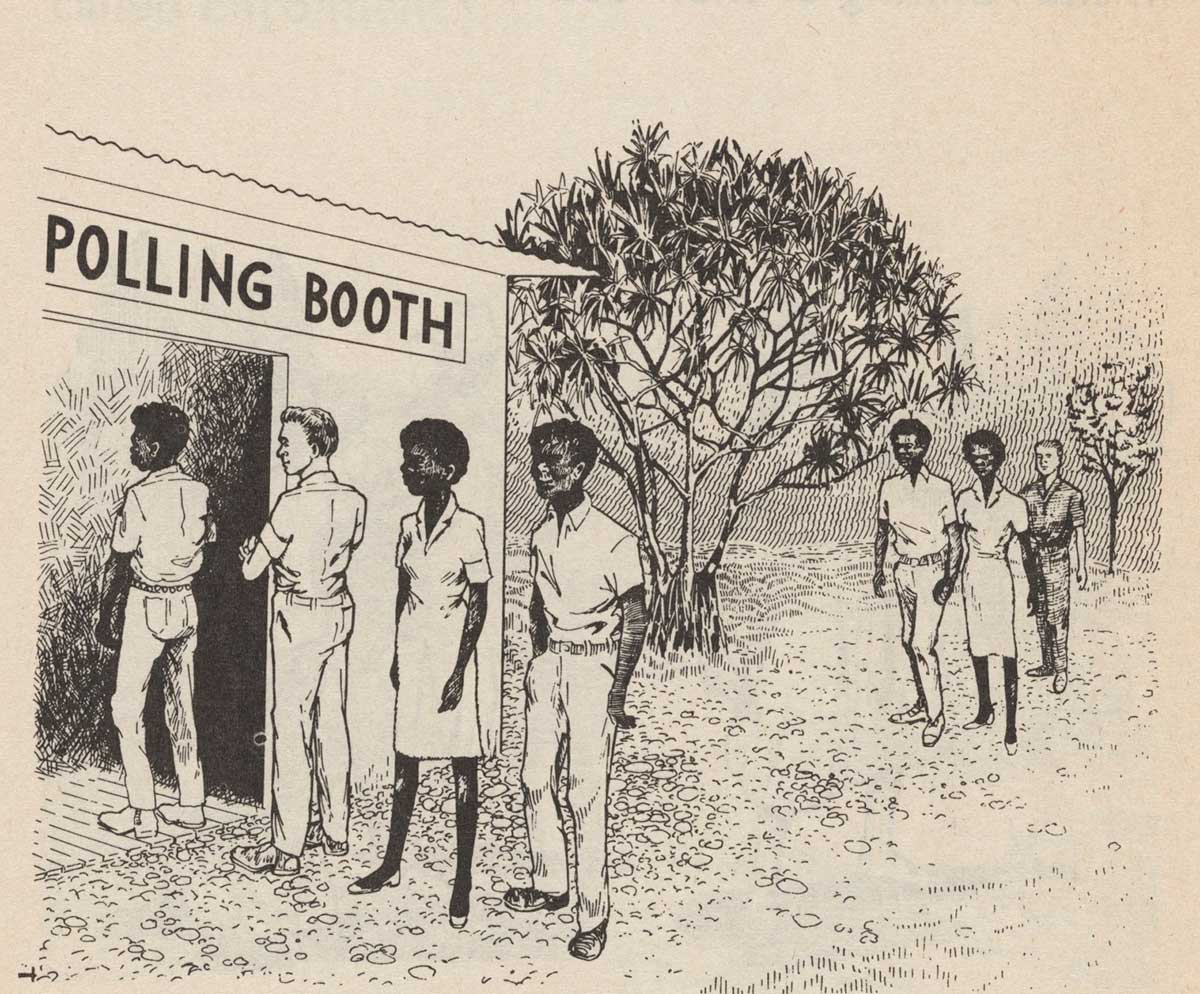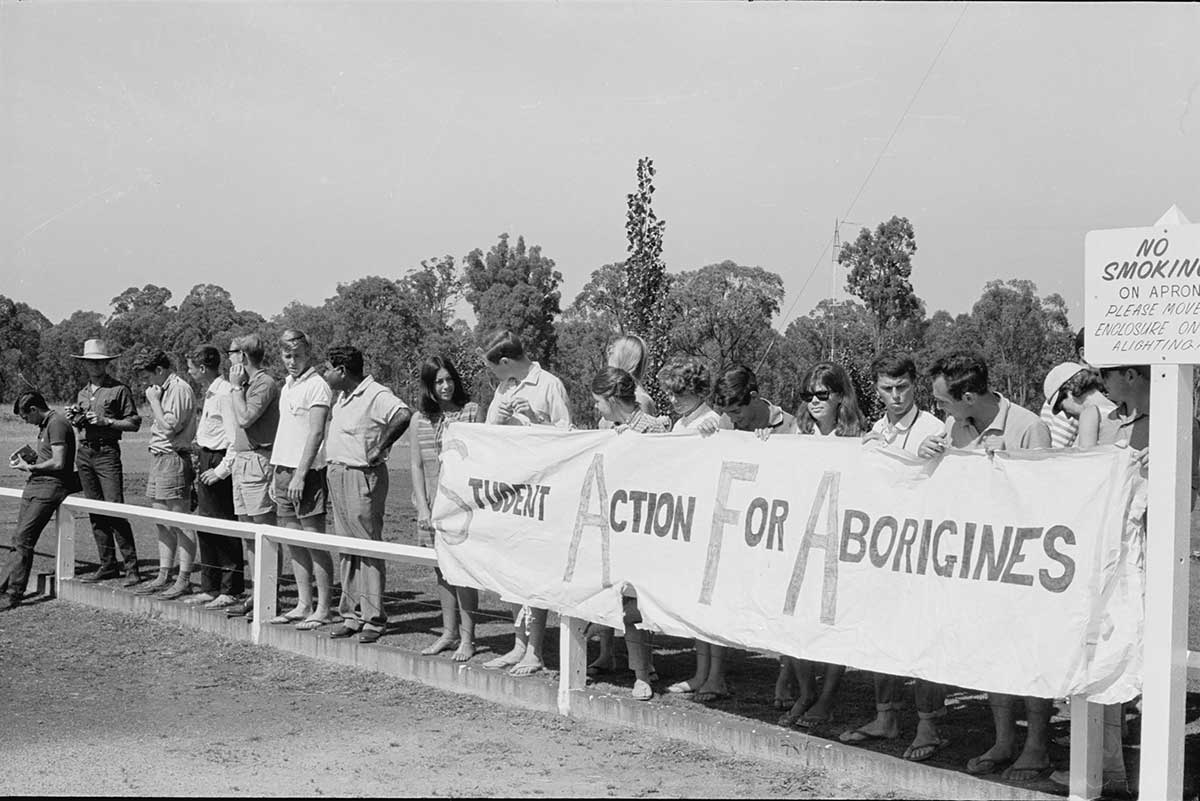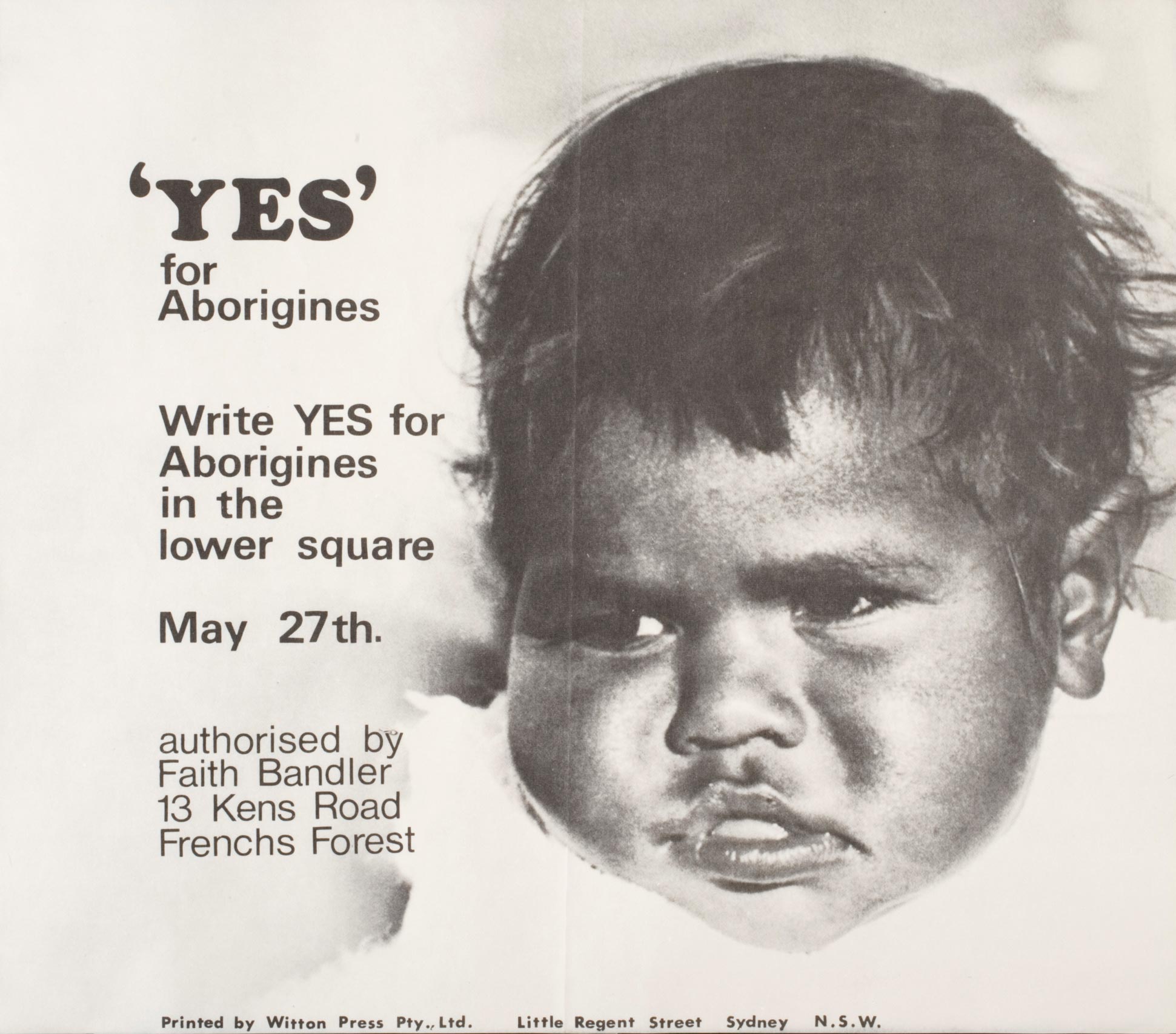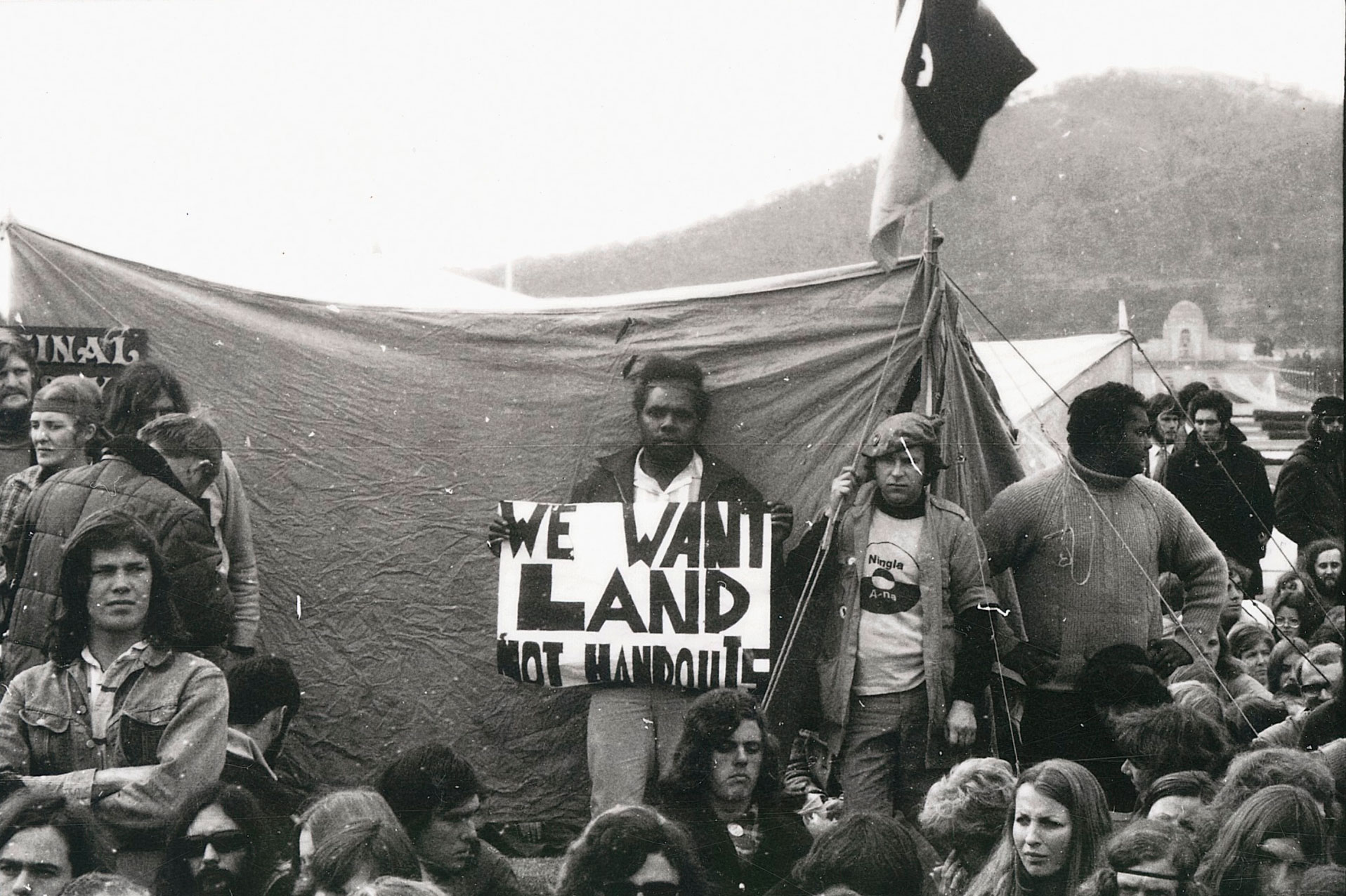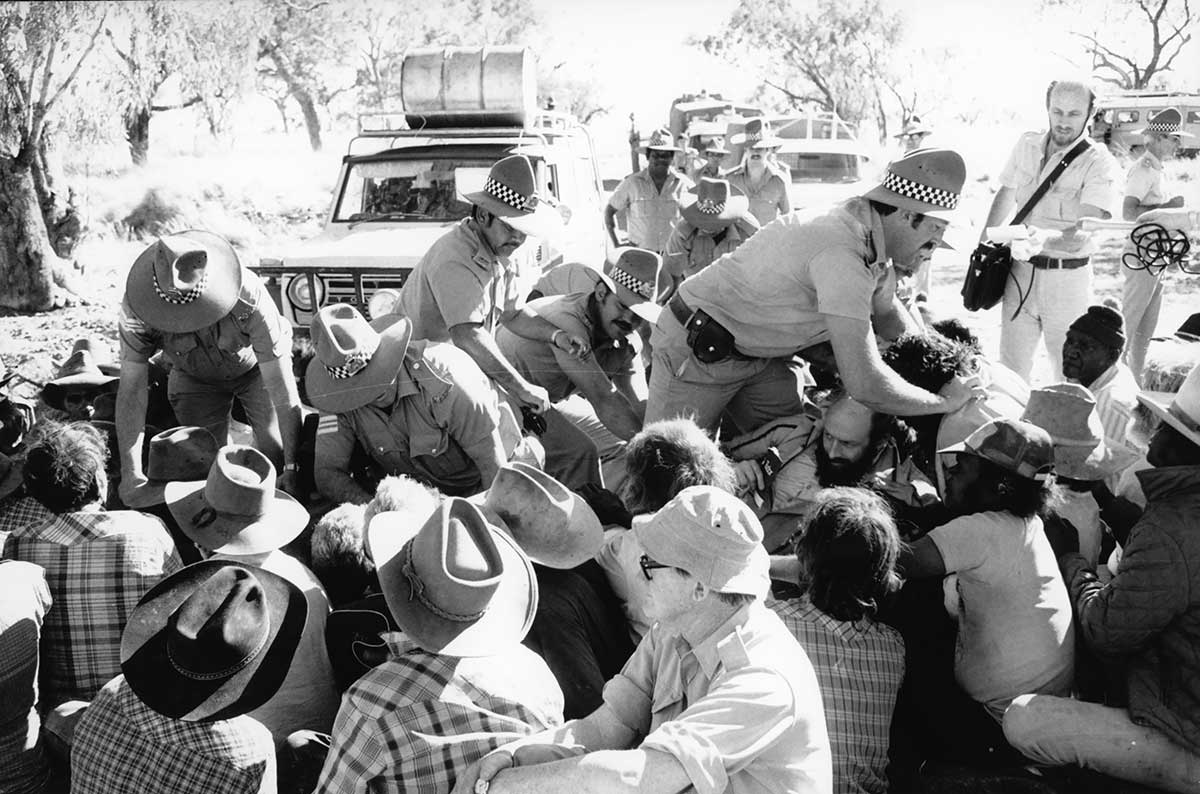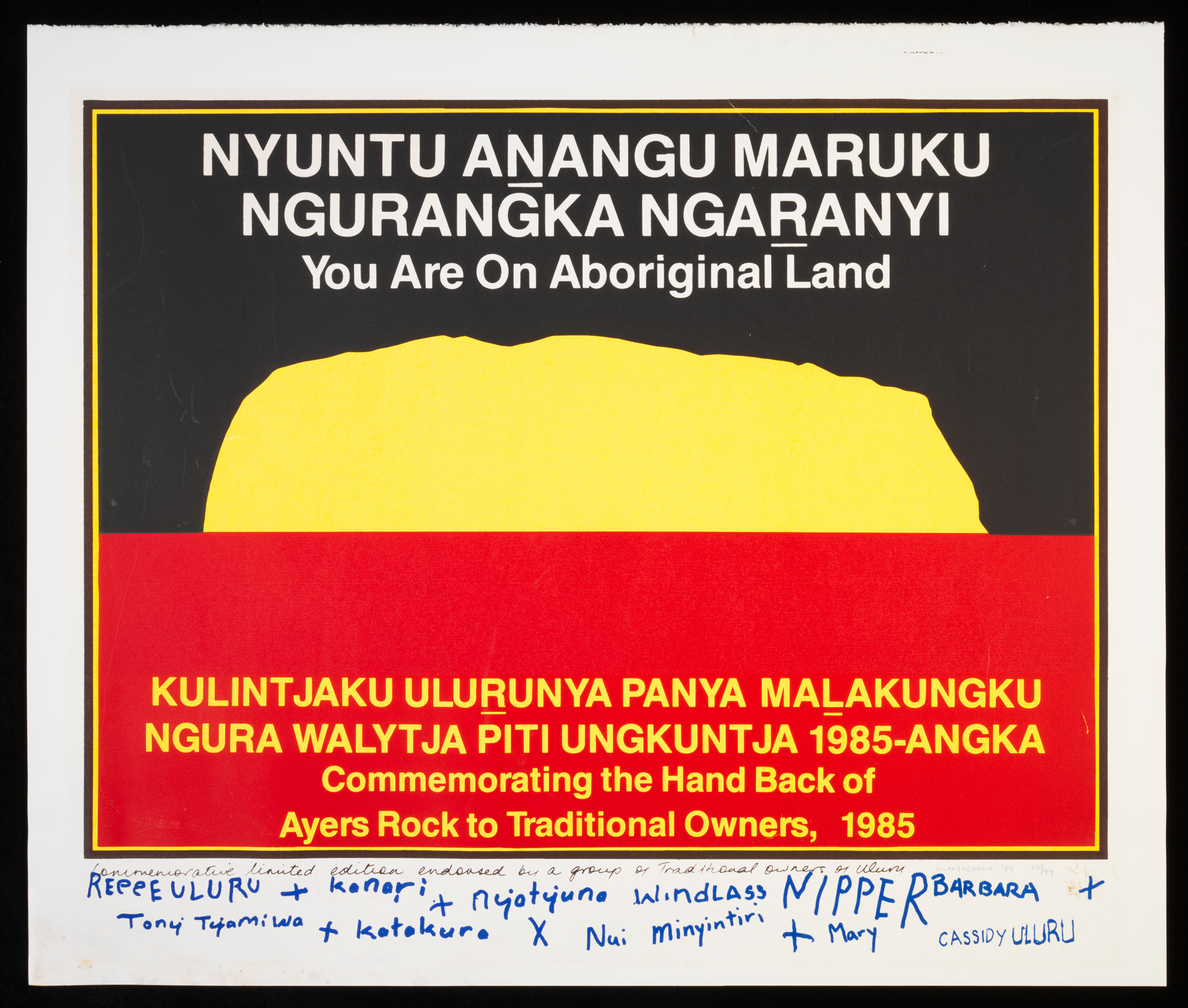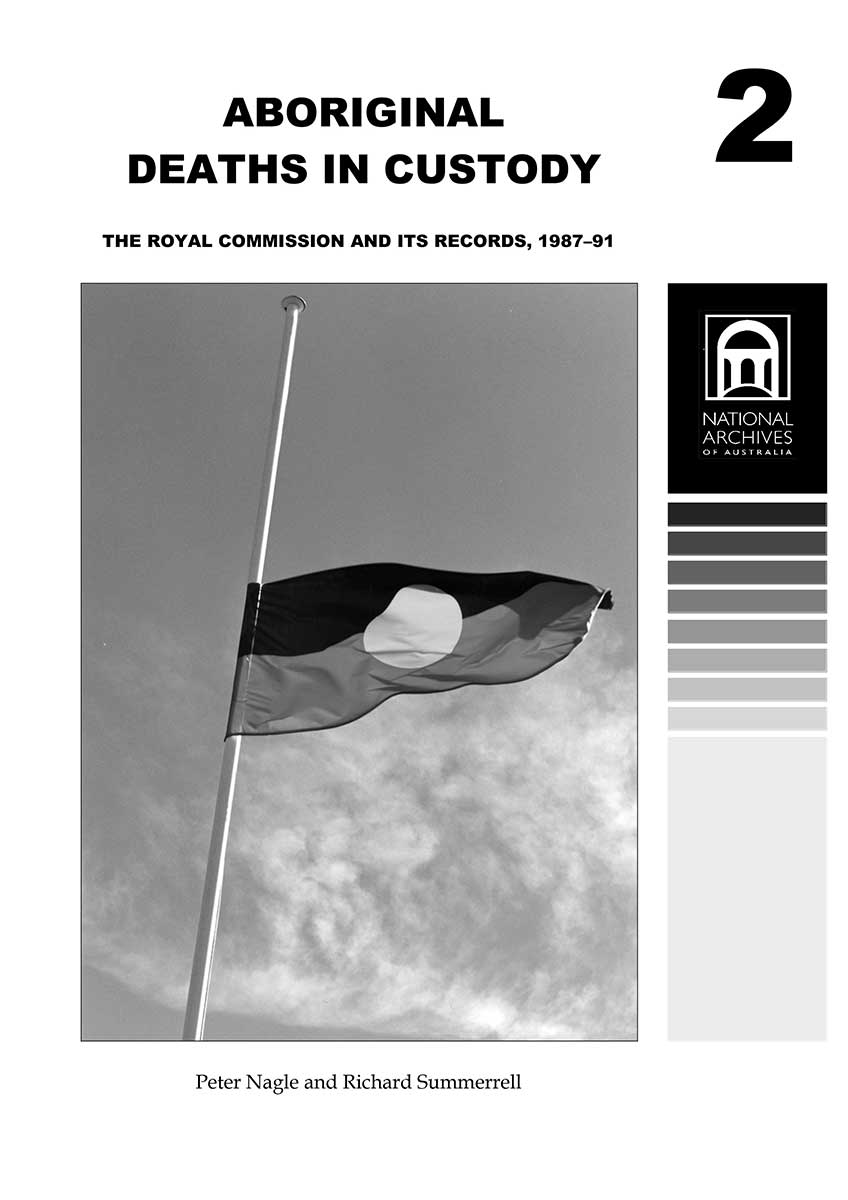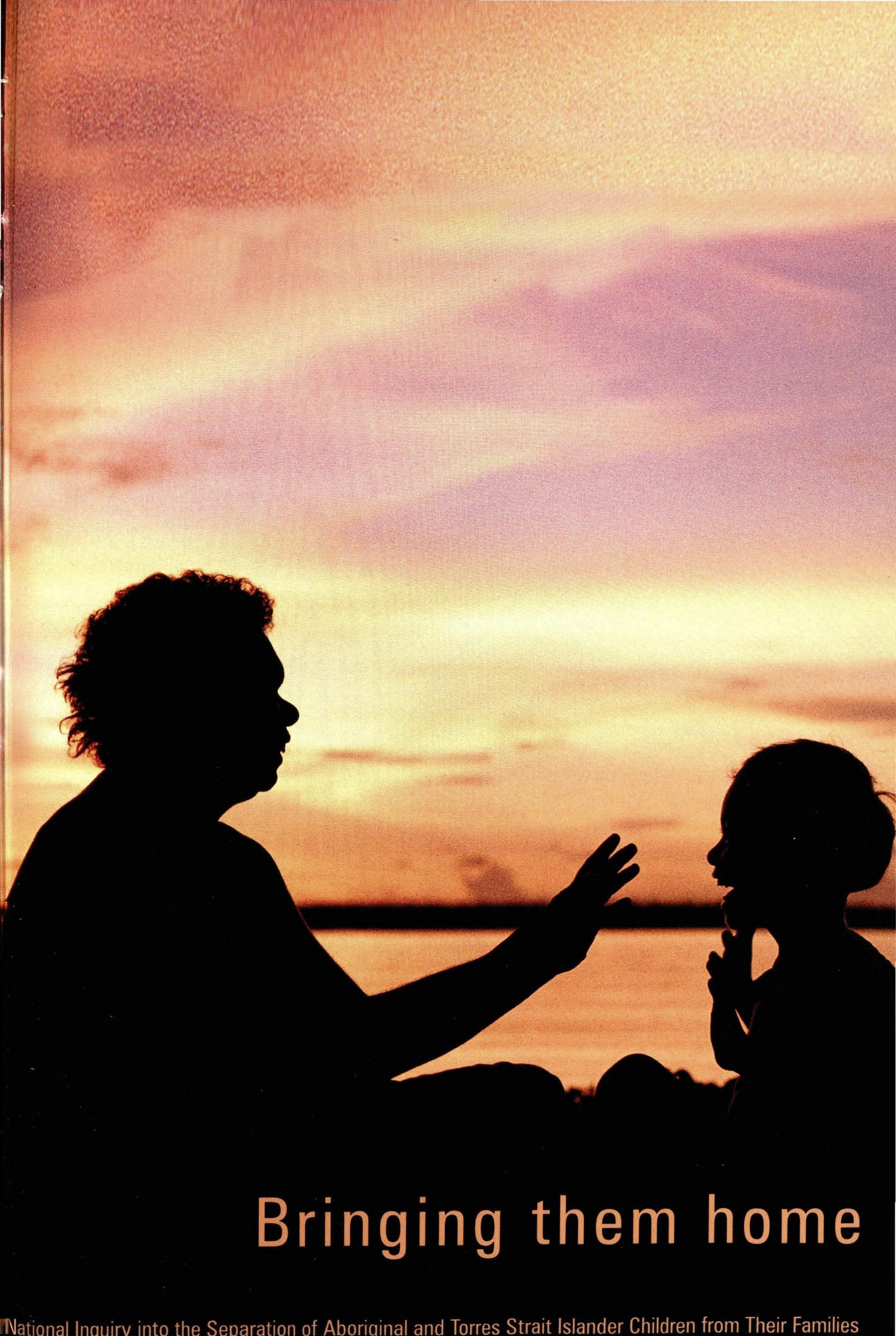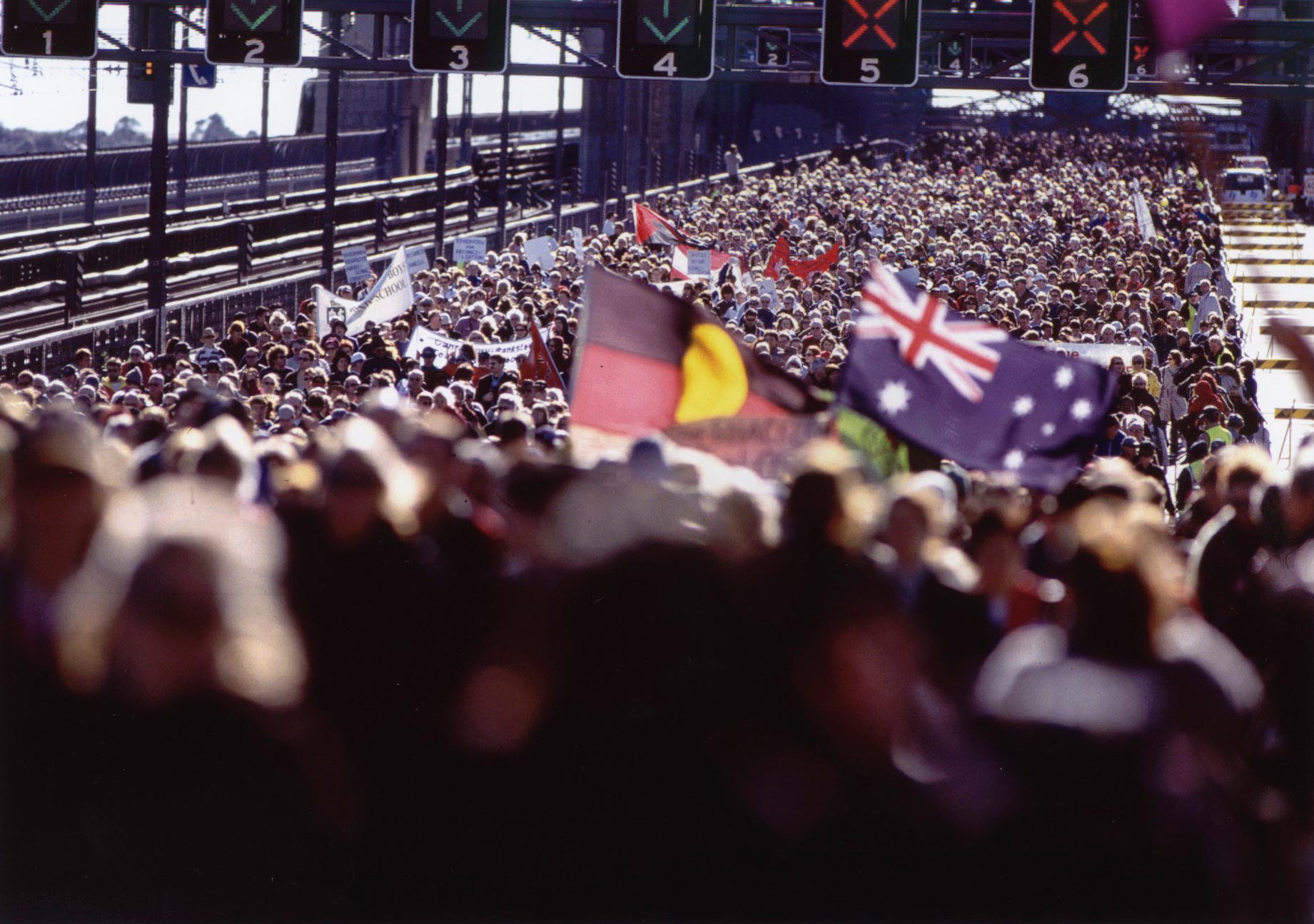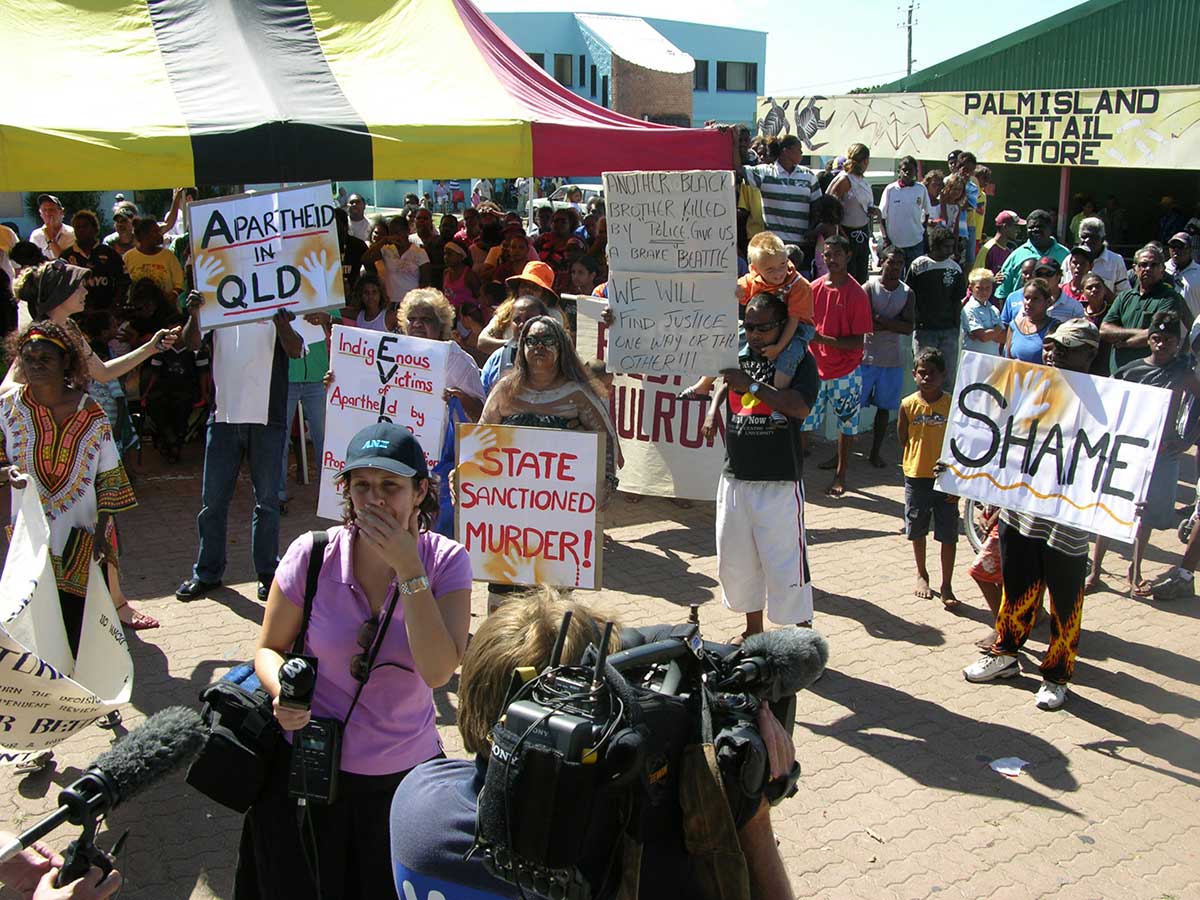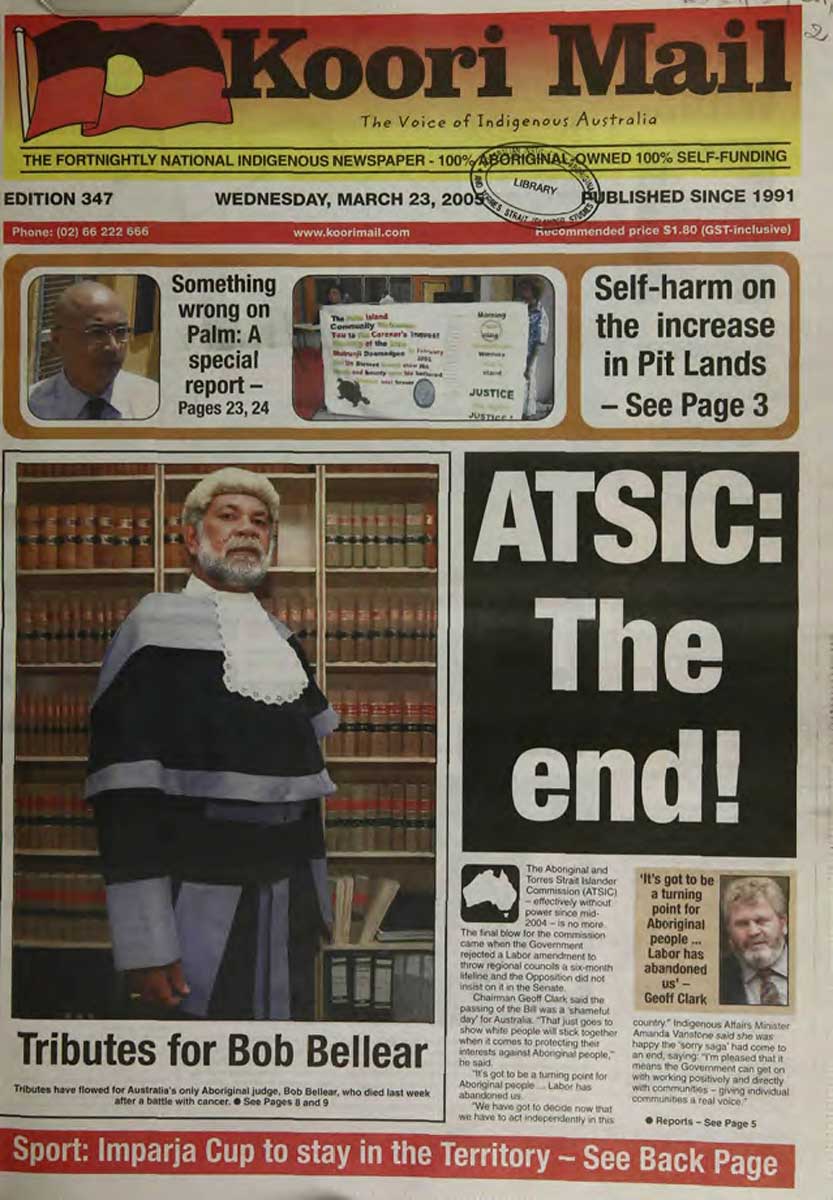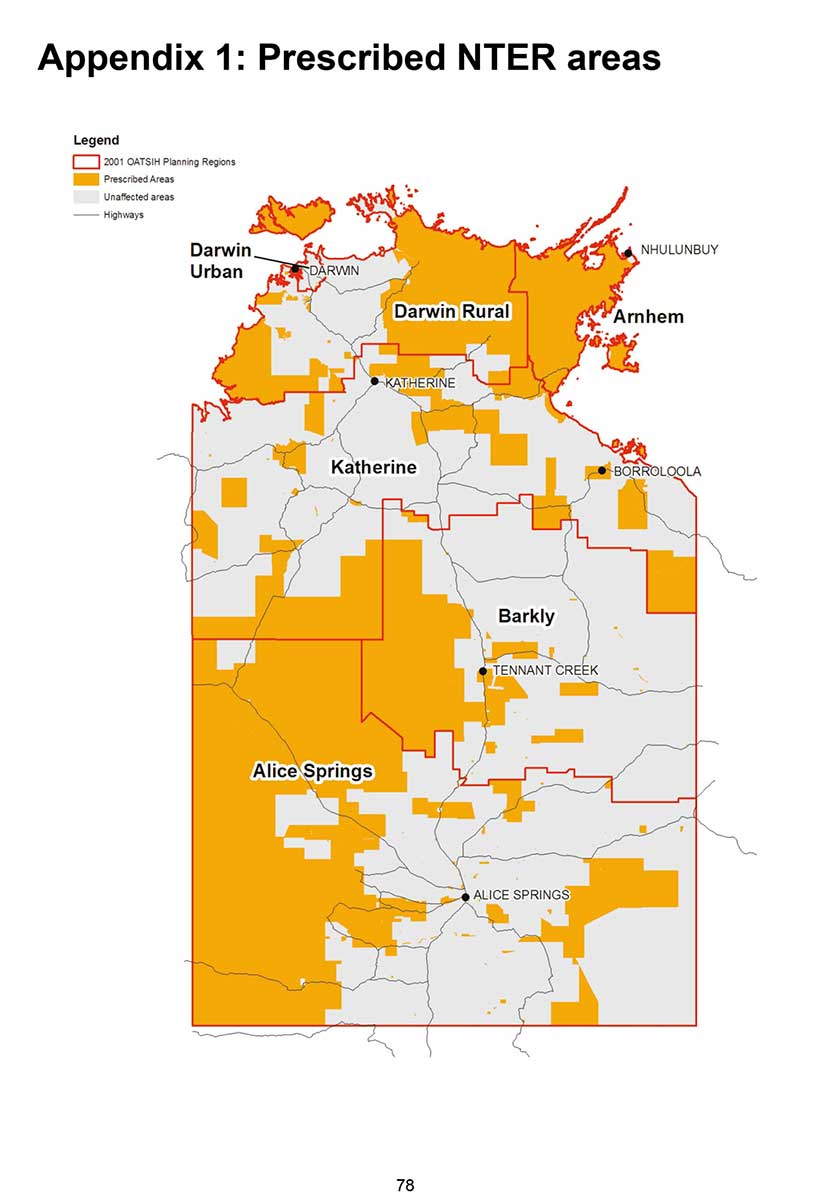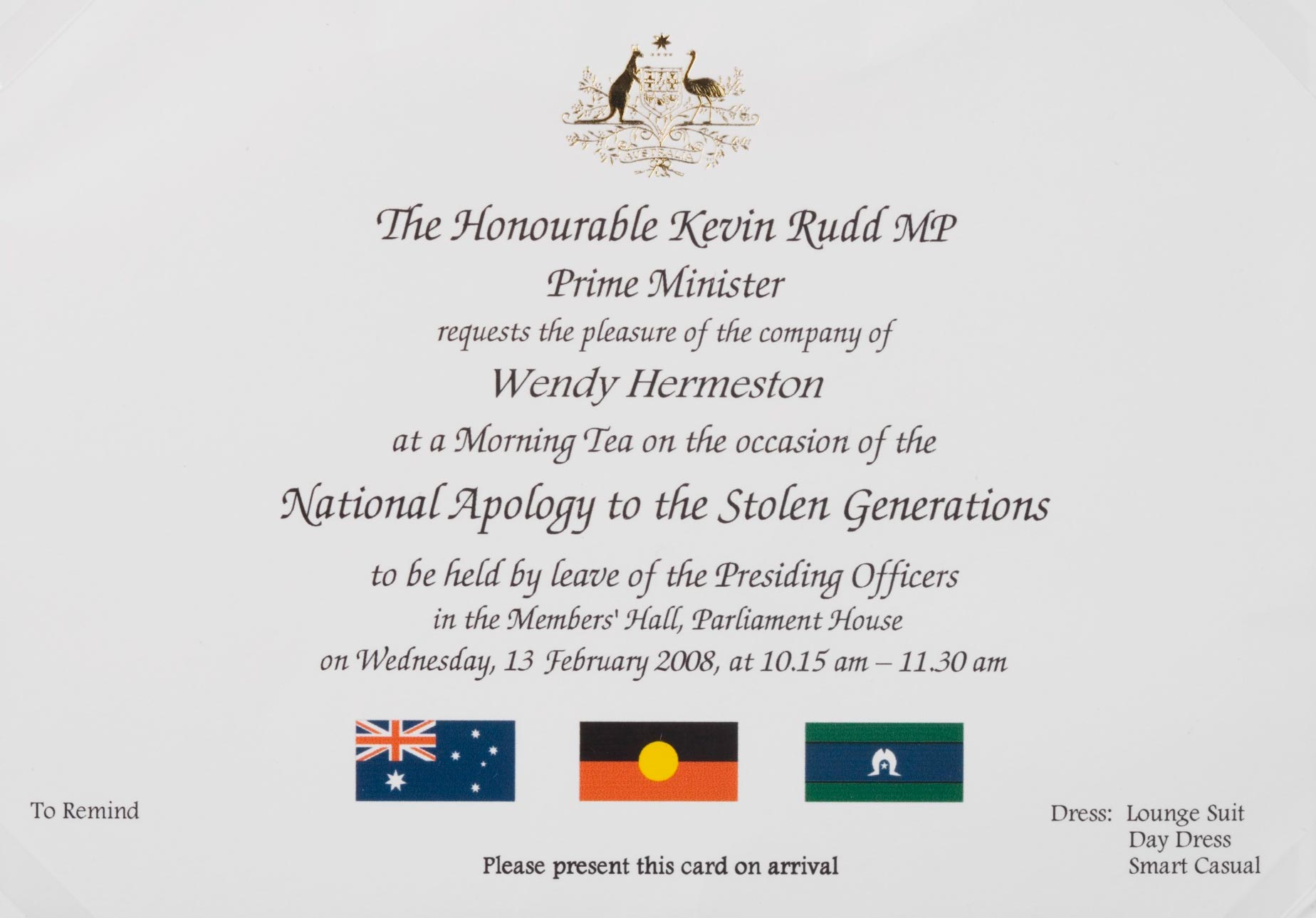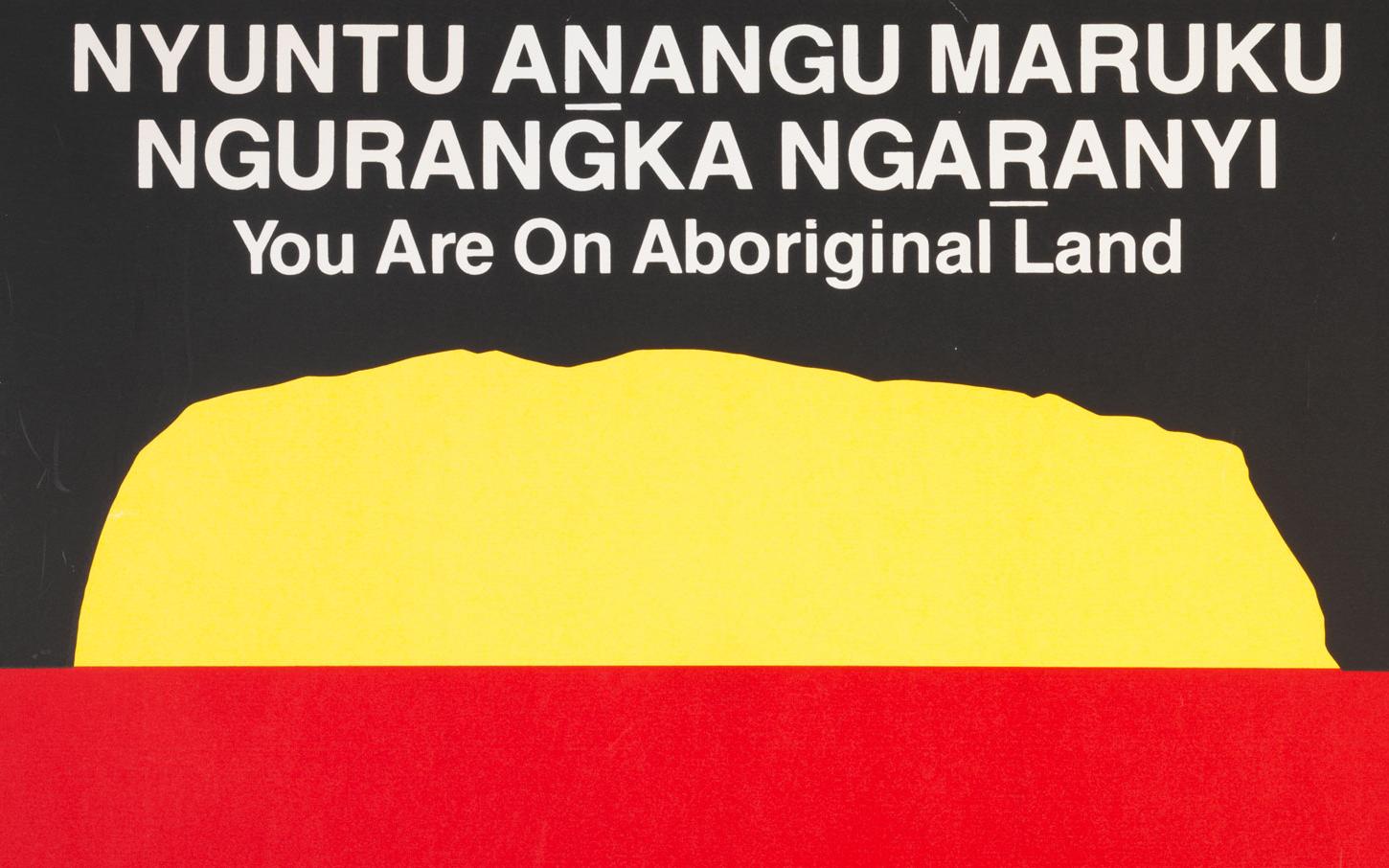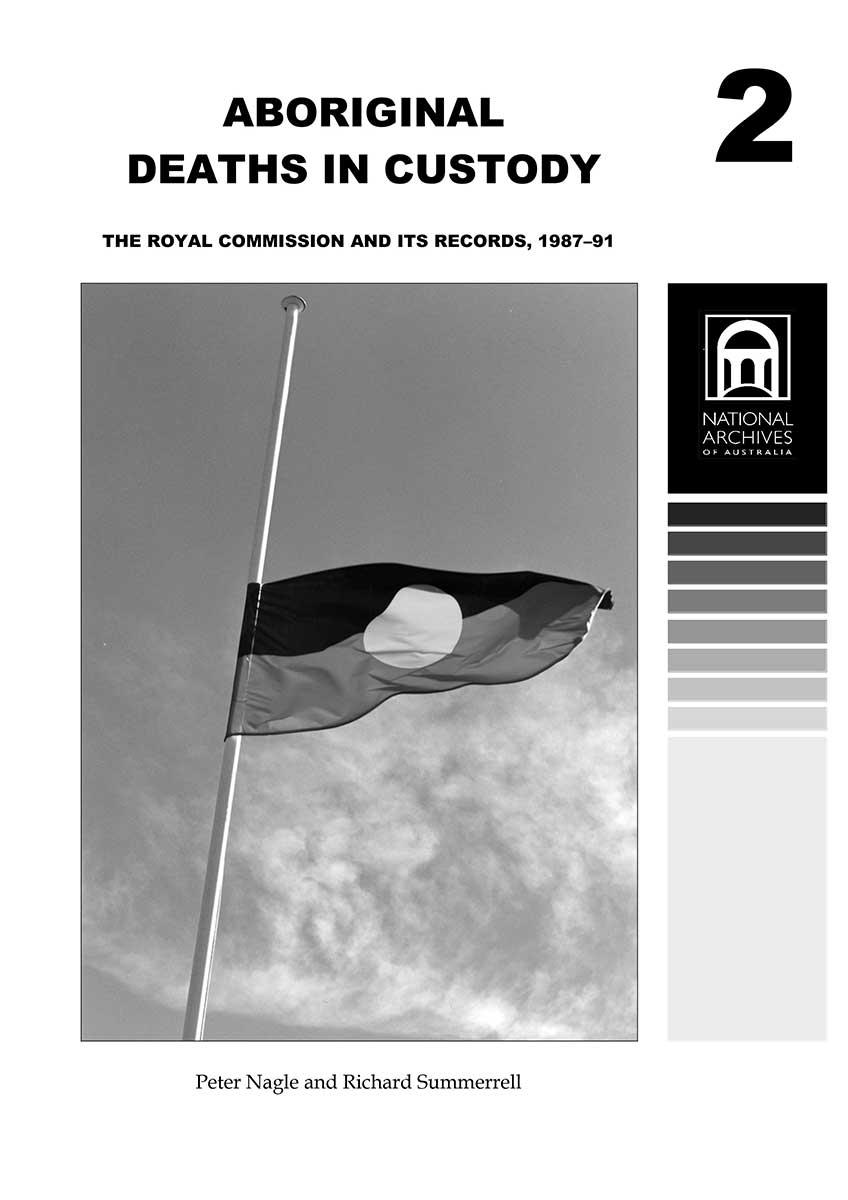Learning module:
Rights and freedoms Defining Moments, 1945–present
Investigation 1: Exploring Aboriginal and Torres Strait Islander rights through key Defining Moments
1.17 1988 Opening of the new Parliament House

It is 1988.
The year is the bicentenary of the landing of the First Fleet in 1788.
The arrival of the First Fleet marked the start of the British occupation of Australia. It also marked the beginning of Aboriginal and Torres Strait Islander people’s dispossession from their lands as a result of disease, violence and other forms of injustice.
The new Parliament House was opened in Canberra in 1988. How would it acknowledge the two sides of the 1788 event?
Read the information below on the 1988 opening of the new Parliament House, taken from Hansard (the formal record of parliamentary debates), and answer the questions that follow.
A resolution, passed on the first day of formal sitting of the Parliament in the new Parliament House, was proposed by Prime Minister Hawke:
The resolution was
That this House —
(1) acknowledges that:
(a) Australia was occupied by Aborigines [sic] and Torres Strait Islanders who had settled for thousands of years before British settlement at Sydney Cove on 26 January 1788;
(b) Aborigines and Torres Strait Islanders suffered dispossession and dispersal upon acquisition of their traditional lands by the British Crown; and
(c) Aborigines and Torres Strait Islanders were denied full citizenship rights of the Commonwealth of Australia prior to the 1967 Referendum;
(2) affirms:
(a) the importance of Aboriginal and Torres Strait Islander culture and heritage; and
(b) the entitlement of Aborigines and Torres Strait Islanders to self-management and self-determination subject to the Constitution and the laws of the Commonwealth of Australia; and
(3) considers it desirable that the Commonwealth further promote reconciliation with Aboriginal and Torres Strait Islander citizens providing recognition of their special place in the Commonwealth of Australia.
The Opposition supported all the resolution with one exception. They wanted a change to that part of the wording of the resolution ‘the entitlement of Aborigines and Torres Strait Islanders to self-management and self-determination subject to the Constitution and the laws of the Commonwealth of Australia’ were further qualified by the words ‘in common with all other Australians’.
The proposed amendment was defeated, and the vote taken, with the original wording of the resolution being passed 80:59.
Commonwealth House of Representatives Hansard, 23 August 1988, p.137
1. Why do you think the Australian Parliament wanted to pass a resolution in 1988 acknowledging the prior settlement of Australia by Aboriginal and Torres Strait Islander people?
2. The disagreement between the government and the opposition over the wording of the resolution was to do with ‘self-determination’. What is meant by ‘self-determination’?
3. What limits did the resolution place on the way in which any proposed ‘self-determination’ could be achieved?
4. How would the wording about ‘self-determination’, proposed by the opposition, limit or change its meaning?
5. What was the significance of the opening of the new Parliament House for Aboriginal and Torres Strait Islander people’s rights?
6. How would this event have influenced the development of Aboriginal and Torres Strait Islander people’s rights over time?






